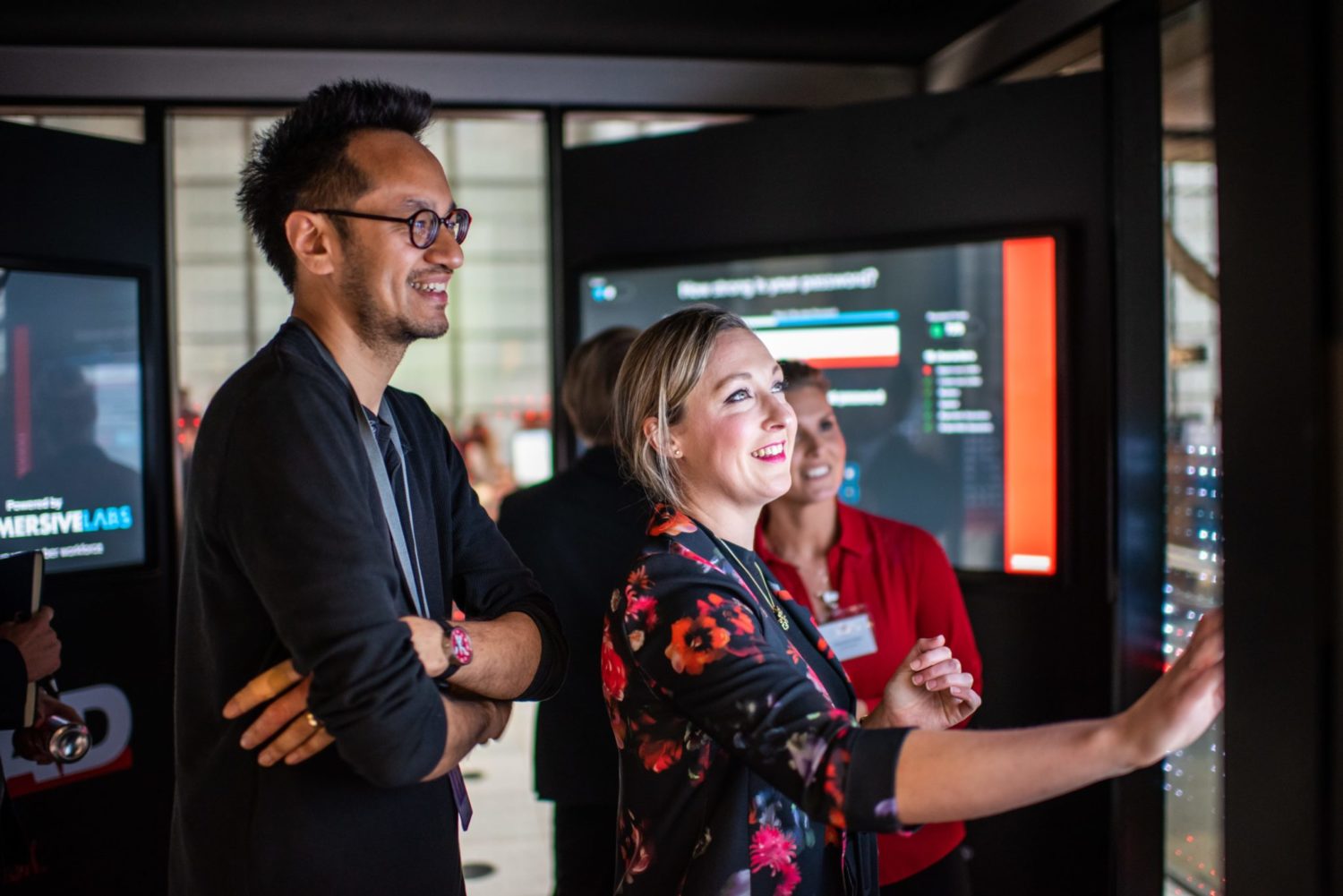Artificial Intelligence VS Emotional Intelligence
February 2020

February 2020

By 2025, as many as 95 percent of all customer interactions will be through channels supported by artificial intelligence (AI) technology. – Microsoft
What does this mean for companies, their employees and the end consumer? We explore whether AI can ever replace human intelligence (HI).

Recent studies show that consumers across generations crave human interaction when engaging with brands. They do not want AI to replace real people & have more trust in a human to help solve complex problems & make the brand experience more memorable, relatable and enjoyable.
Some of the most controversial opinions of AI vs HI lie within the customer service industry.
Most online companies now using chatbots instead of human interaction. This is a speedy and usually sufficient way of solving simple customer issues without the need to speak to a person. This also creates time for the sales team to fulfill their primary function within the company and provides a generally well-oiled machine. However, according to Forbes, new statistics show that:
At Purity, we value human interactions in bringing a brand to life through experiential campaigns. Purity strives to achieve a combination of Artificial & Emotional intelligence throughout our campaigns.
When planning and creating our brand experience campaigns at Purity we strive to create the optimum balance between the two, where opportunities allow.
It’s possible to create, disrupt and promote a brand via socials channels, for example, both instantly and effectively, however, by overlaying a human (staffing) element into the mix, it brings the brand messaging to life in a way that cannot be replicated online.
Brand ambassadors have the ability and opportunity to create an emotional response with consumers by approaching the activation on a more personal level. This can result in developing a brand relationship with the consumer. Furthermore, this will give the consumer an augmented first impression and opinion of the brand.
We recently created an activation for HISCOX and a first in the iconic Lloyds of London building in the City of London, demonstrating the perfect coalescence of AI & HI.

Instead of pitting AI & HI against each other to determine what is considered more successful in today’s world, we should be seeking to leverage the two thus creating the most effective and seamless marketing campaigns.
For example, a brand may use AI to collect data on its customer base allowing them to create a targeted strategy, which in turn, increases sales and brand loyalty. Data is key. The more you can collect the more value you can deliver.
Data mining is used to discover where the highest levels of key demographics are. This will then help a company to prep and plan an exciting and memorable experience for their brand activation.
We can bring your brand truly to life!
Explore how Purity could help your brand benefit from experiential marketing using both artificial and human intelligence. Visit Purity to learn more about how we add value to brands.